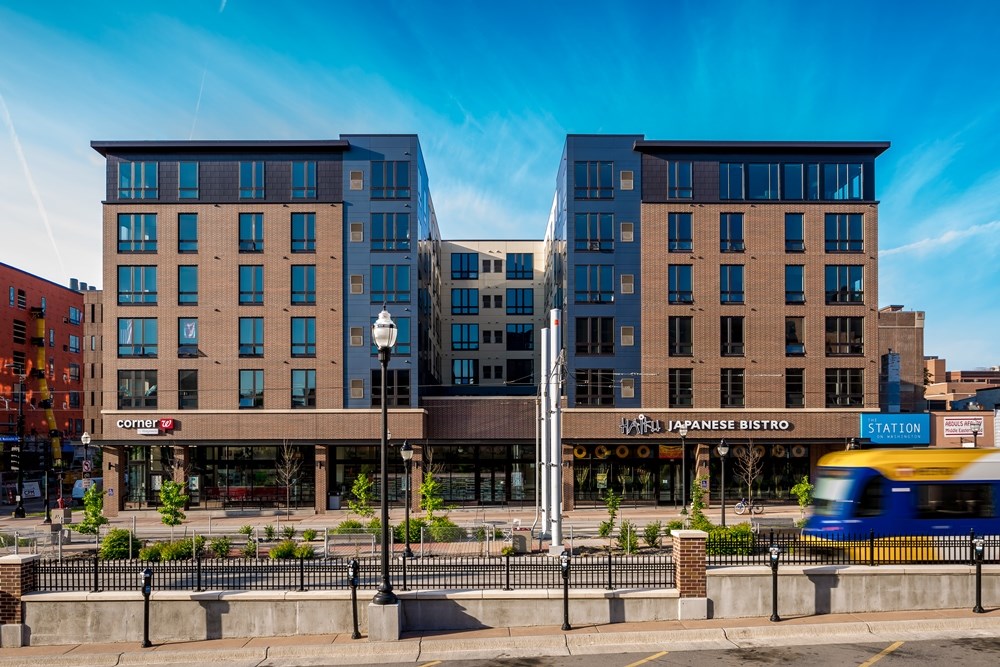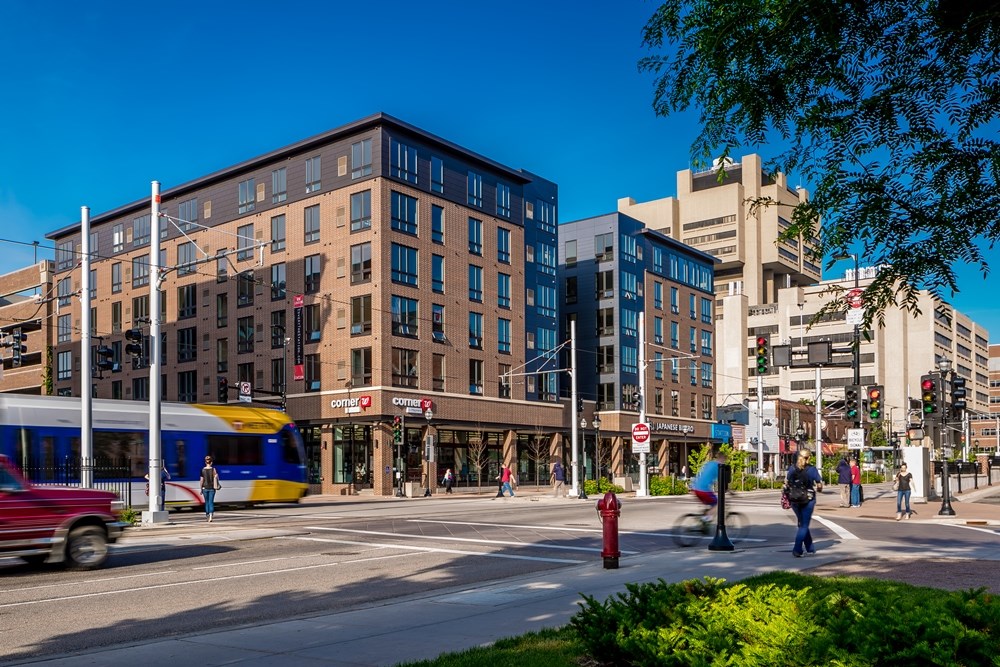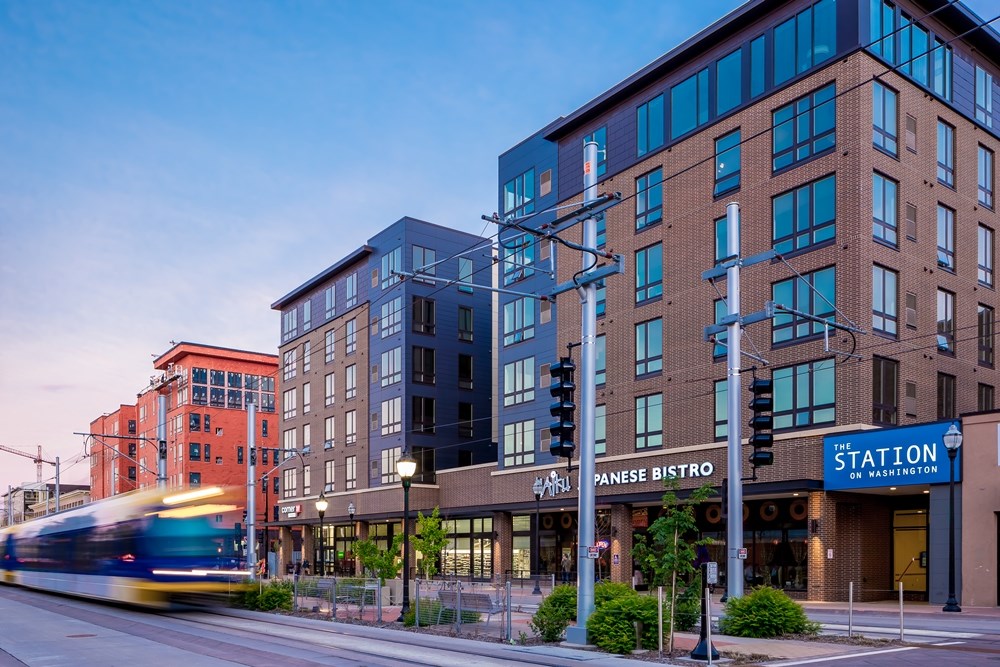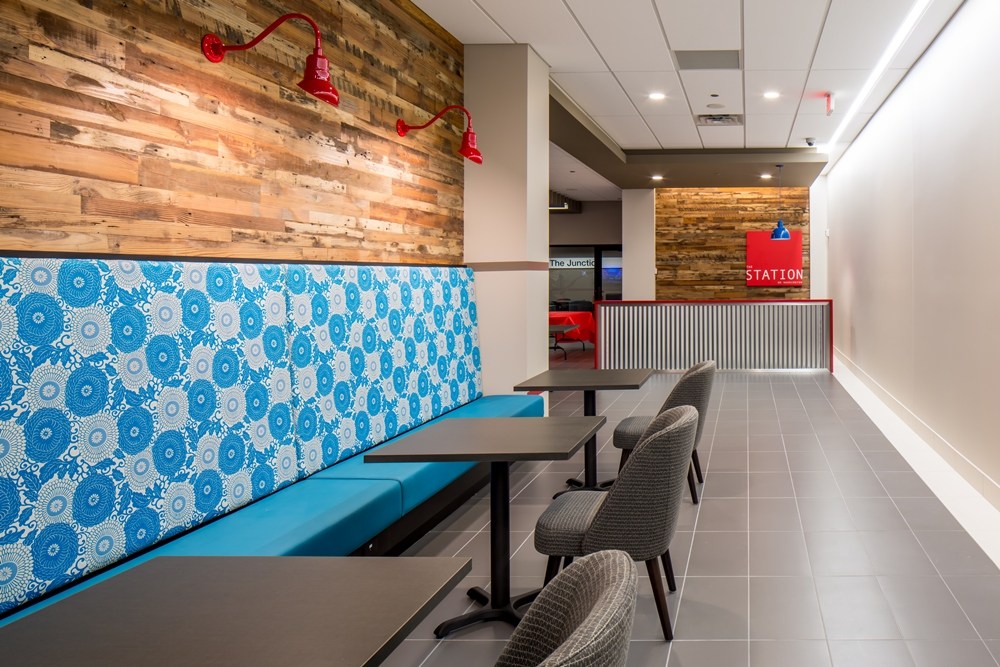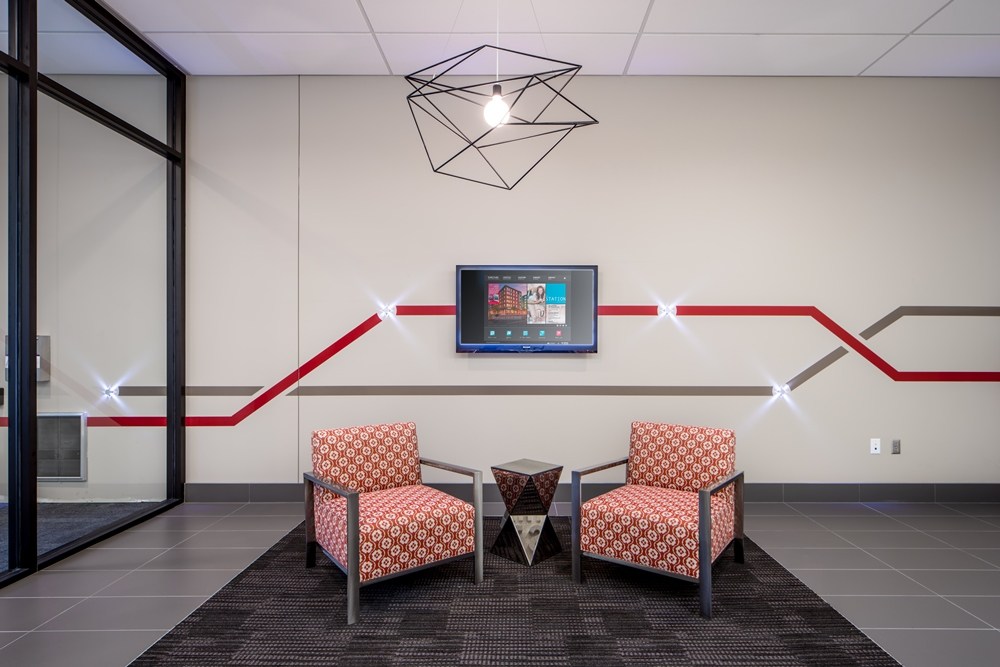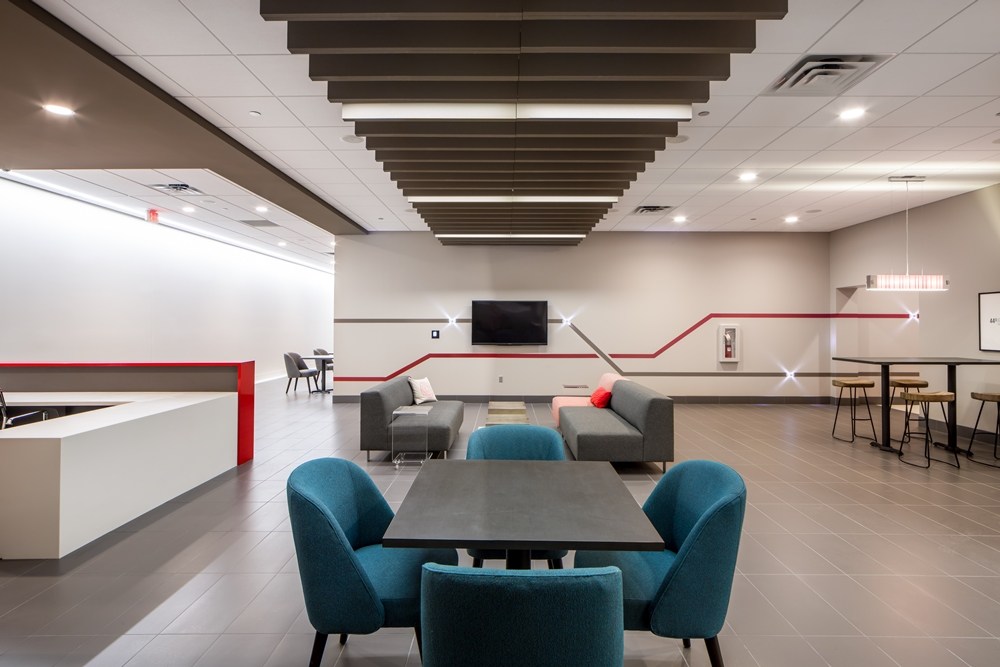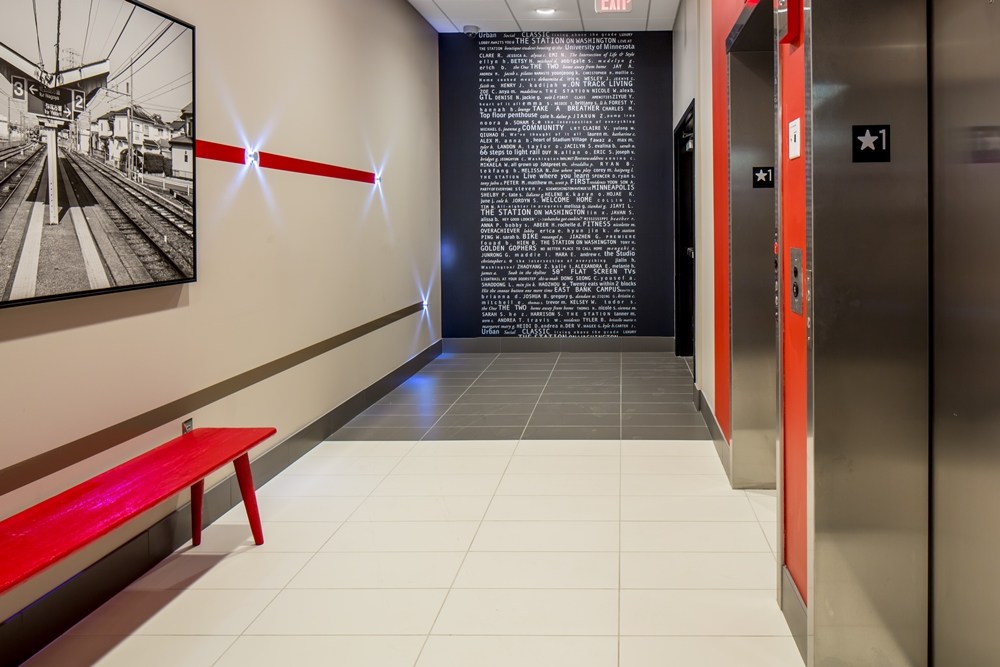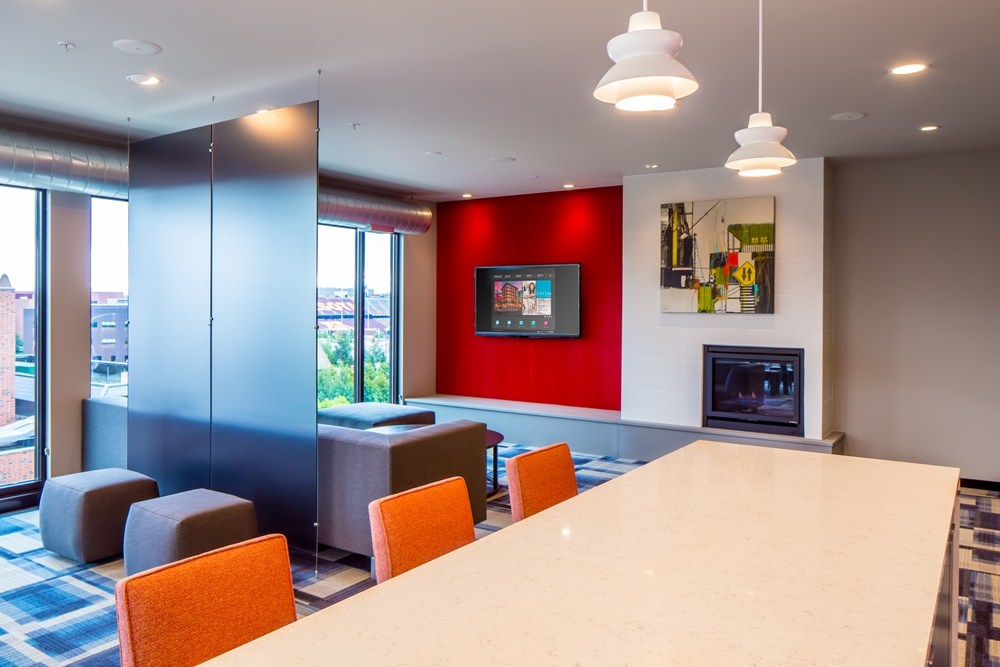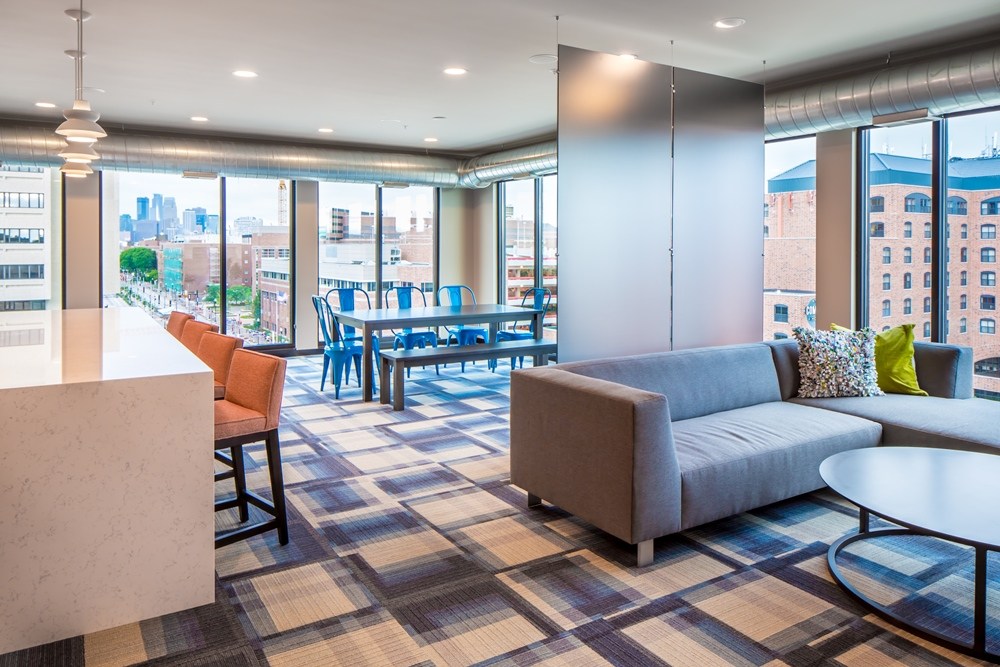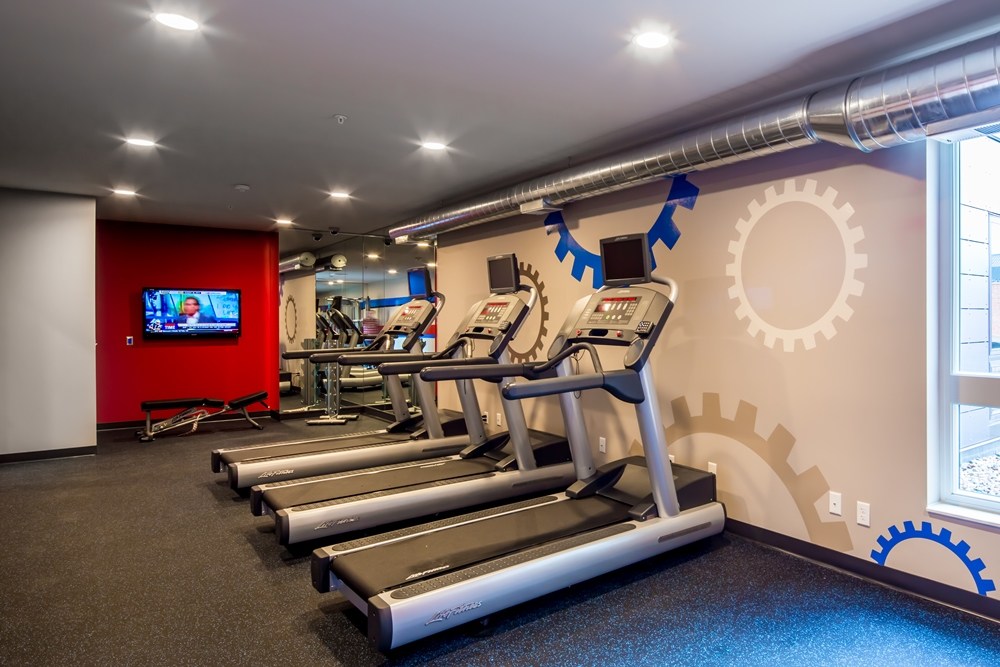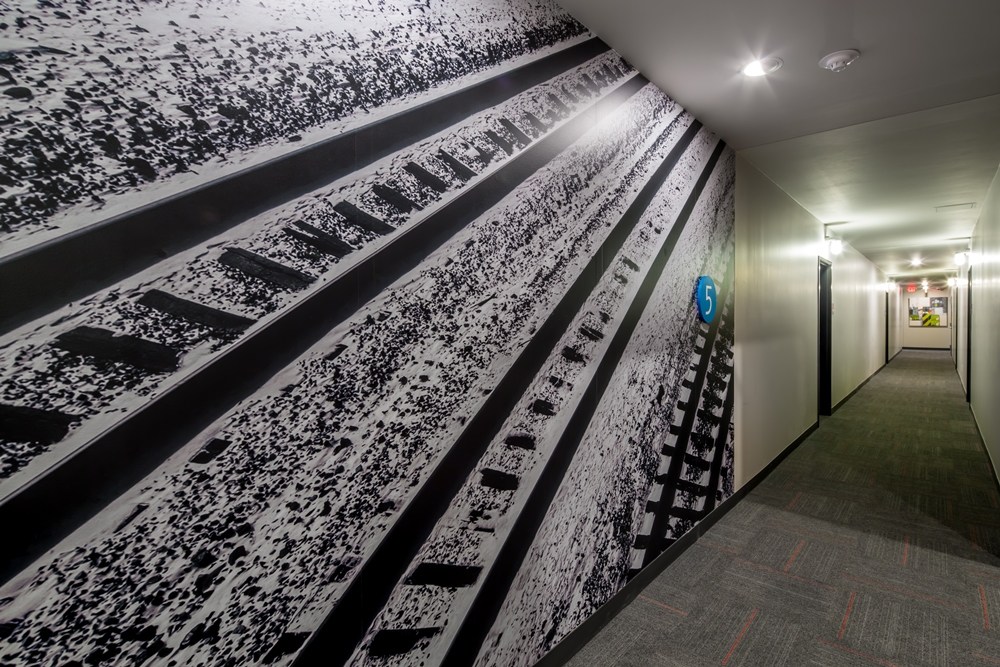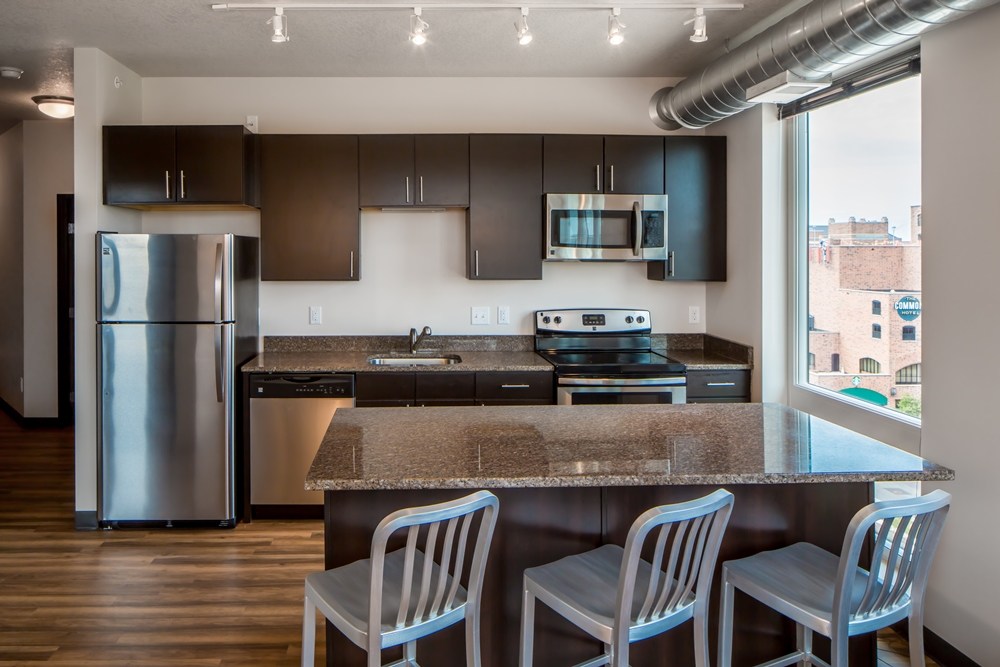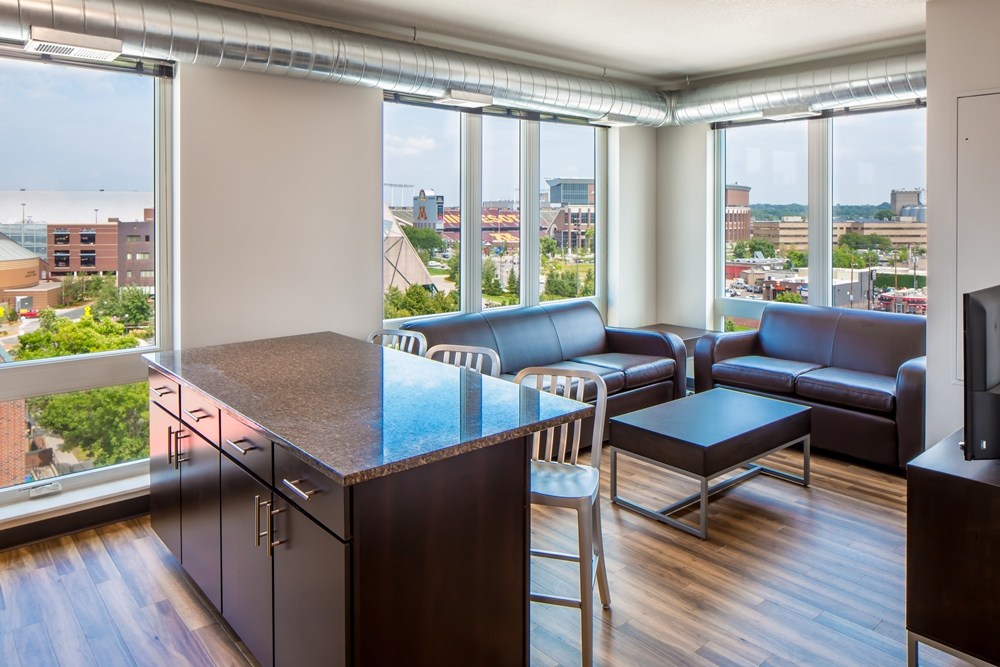There is a great value in having a single source of responsibility...A consistent contact with understanding of upfront costs, challenges with entitlement and how the project was underwritten is key.
«
Story
Providing Boutique-Style Living Options for University Students
With extraordinarily low student housing vacancies near the University of Minnesota, Opus identified an opportunity to provide top-of-the-line living options for university students. With a deep experience in the student housing market, including Stadium Village Flats, The Station on Washington, a boutique student housing project, commenced.
Located near the heart of the University of Minnesota’s East Bank campus, with views of downtown Minneapolis and TCF Bank Stadium, The Station on Washington is a mixed-use, transit-oriented development. The complex is located across the street from the Central Corridor's East Bank Station.
The six-story building features 97 units with 156 beds and includes a variety of room choices, including studios and one- and two-bedroom units. Students have convenient access to private underground parking, a large fitness center, top-floor club room, separate study lounge space and 11,000 square feet of ground-level retail, which includes Walgreens and Haiku Sushi.
Located near the heart of the University of Minnesota’s East Bank campus, with views of downtown Minneapolis and TCF Bank Stadium, The Station on Washington is a mixed-use, transit-oriented development. The complex is located across the street from the Central Corridor's East Bank Station.
The six-story building features 97 units with 156 beds and includes a variety of room choices, including studios and one- and two-bedroom units. Students have convenient access to private underground parking, a large fitness center, top-floor club room, separate study lounge space and 11,000 square feet of ground-level retail, which includes Walgreens and Haiku Sushi.
Drawing on the Surroundings for Design Inspiration
The design concept of The Station is a celebration of both the name and its connection to the central corridor light rail. An abstract nod to rail transportation is experienced throughout the building in bold graphics and raw materials, such as reclaimed wood and various metals. Warmth, sophistication and durability were priorities; as was the need to appeal to a youthful aesthetic. Introducing bright pops of color, a unique mix of patters and a strategic use of positive and negative space resulted in a beautiful, welcoming new home and community for its occupants.
Achieving Sustainability
While not LEED certified, The Station incorporates different sustainable practices, including the following:
- Location: The project increases density and encourages alternative transportation. Additionally, the site is a brownfield redevelopment.
- Utilities: The design of the building incorporated energy efficient HVAC and lighting systems through the Xcel Energy Design Assistance program.
- Materials: 69% of the project’s construction waste was diverted from landfills through a recycling program. Construction materials were sources locally or regionally whenever practical to reduce the project’s carbon footprint.
